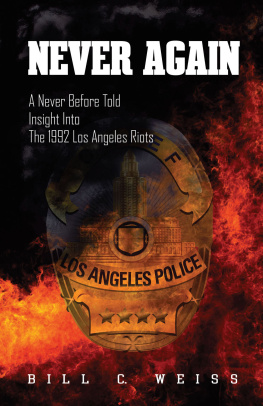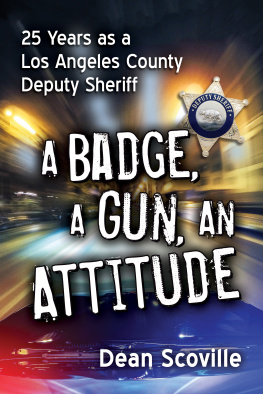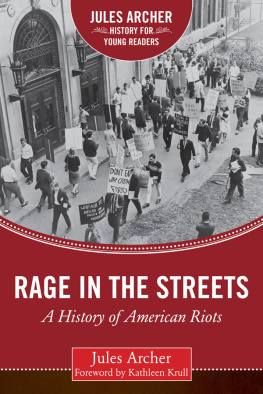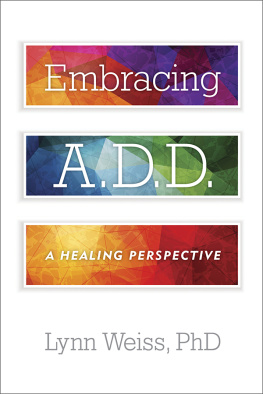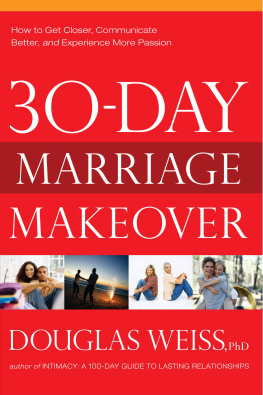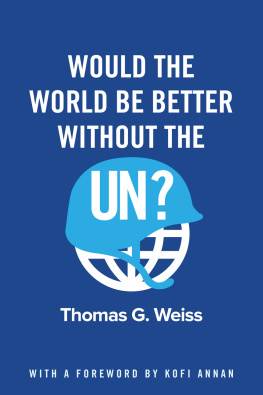NEVER AGAIN
A Never Before Told Insight Into The 1992 Los Angeles Riots
2017 BILL C. WEISS.
All rights reserved. No portion of this book may be reproduced, stored in a retrieval system, or transmitted in any form or by any meanselectronic, mechanical, photocopy, recording, scanning, or otherexcept for brief quotations in critical reviews or articles, without the prior written permission of the publisher.
Published in New York, New York, by Morgan James Publishing. Morgan James and The Entrepreneurial Publisher are trademarks of Morgan James, LLC.
www.MorganJamesPublishing.com
The Morgan James Speakers Group can bring authors to your live event. For more information or to book an event visit The Morgan James Speakers Group at
www.TheMorganJamesSpeakersGroup.com.
DISCLAIMER : Names have been changed to safeguard the reputations of those involved.
Transcripts have been made from actual radio and TV news footage.
 | ISBN 978-1-63047-904-6 paperback ISBN 978-1-63047-905-3 eBook ISBN 978-1-63047-906-0 hardcover Library of Congress Control Number: 2015920169 Cover Design by: John Weber |
In an effort to support local communities and raise awareness and funds, Morgan James Publishing donates a percentage of all book sales for the life of each book to Habitat for Humanity Peninsula and Greater Williamsburg.
| Get involved today, visit
www.MorganJamesBuilds.com | |
DEDICATION
In memory of those who lost their lives or were severely injured in the civil disturbance of April 29-May 3, 1992, in Los Angeles, California.
ACKNOWLEDGMENTS
It is not without discipline and hard work that a book can be published. I would like to thank my book coach, Judith Cassis for her knowledge, guidance, wisdom, and constant support to make this project possible. Her critique, insight, feedback, and editing was invaluable.
I must also thank Mar Preston, who so dearly assisted in the proofreading, and provided supplemental editing and developmental ideas to the project.
I would like to thank Bill Blowers, himself a fairly new author at the time, for his suggestions, clarifications, and assistance while helping me with several issues during the various stages of this journey.
With regard to Morgan James Publishing, none of this would have been possible without getting the first break at Author 101 University when Jim Howard gave my story a chance and directed me to Terry Whalin. Terry was extremely informative and helped direct my project through the review process. I also sincerely appreciate the support, communications, and guidance from my managing editor, Megan Malone.
INTRODUCTION
Gang violence and civil unrest contributed to 1992 being the deadliest year in Los Angeles County history. The number of people slain in Los Angeles (2,589) was up eight percent from the previous year. According to the New York Times , the carnage could have filled the downtown Los Angeles Ahmanson Theatre to more than capacity.
There were 517 murders in July and August alone. Although crime rates were high, that same year a scientific development occurred that directly impacted not only criminology, but the entire world. Connecting criminals with their crimes was refined as Geneticist Alec Jeffreys used DNA profiling methods developed in 1984. The new method allowed him to confirm the identity of the Nazi Doctor, Josef Mengele, comparing DNA obtained from a femur bone of his exhumed skeleton against DNA from his widow and son. The new technology upgraded the ability to confirm identities of suspects in future years, as well as vindicate some who were wrongly accused.
The year 1992 would not soon be forgotten. Pop culture idol Michael Jacksons number one hit, Black or White exploded on the charts. At the end of the music video Jackson is seen smashing windows, destroying a car, and detonating an explosion. The violence, mingled with Jacksons controversial and sexually explicit dance moves, prompted MTV and other music video networks to remove the last four minutes of the video prior to airing.
To make the violence more palpable to viewers, an altered version was produced, adding racist graffiti to the windows Jackson breaks. Nevertheless, MTV branded the video one of the most controversial videos of all time and it is still censored throughout the world.
Interestingly, a few months later, a similar scenario played out in real life as the worst civil disturbance in the United States in the 20th century erupted. One big difference: the violence was not censored. Looting, beatings and arson were broadcast across the world via live television in the style of breathless Breaking News reporting.
The spectacle began with an incident that occurred a year earlier. Stopped after a high speed pursuit, Rodney King resisted police orders and was struck over 50 times with a night stick. Witness George Holliday recorded the incident on video that was played on local TV station KTLA and eventually on networks worldwide. Both men became instant celebrities.
Holliday awoke at 12:45 AM to the sound of helicopters and sirens. Hed set his alarm clock to rise early so he could film a co-worker at the plumbing company he worked for who was training for the LA marathon.
Hearing the commotion on the street below, he peered out of his window and saw a man surrounded by police officers. Holliday dressed quickly and grabbed his camcorder to record the event. By the time he stepped out onto his balcony, Kings beating had commenced. Several other residents filmed the event, but Holliday had the best vantage point. He was on the second floor of the apartment building. That video would be seen around the world, replayed countless times.
On April 29, 1992, the acquittals of the four Los Angeles Police Department officers involved in the King beating left the City of Los Angeles stunned. African-Americans were enraged at what they perceived as gross injustice and took to the streets and the airwaves. Angry and violent crowds gathered on street corners across the city, while thousands more turned to their televisions to watch the news events unfold.
Spreading unchecked from the major flash point of the South Los Angeles intersection of Florence and Normandie Avenues, this chaotic disturbance engulfed the city and portions of the surrounding metropolitan area. Its effects would ripple across the nation and be observed throughout the world. Scars are still visible today.
The cost left in the wake of the riots extended far beyond that of mere financial loss. Mental and emotional affects, both during and after the riots, were substantial. Fear was rampant and progress made against racism in the decades prior was all but overturned as black and white, rich versus poor, went head to head.

